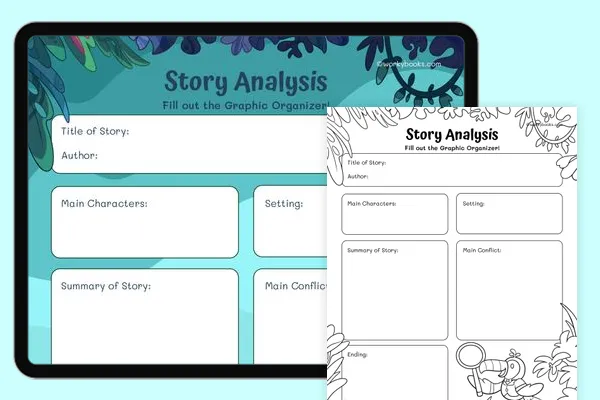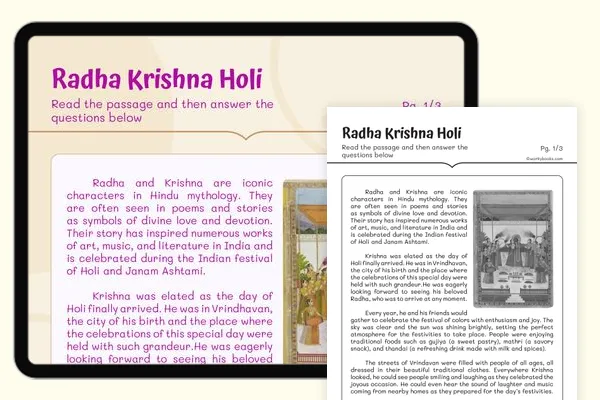The Empty Birdhouse — Reading Comprehension
Grades
- 3
- 4
- 5
- 6
Standards
- RL.4.1
- RL.5.1
- RL.6.1
PRINT+DIGITAL RESOURCE
This learning resource is available in interactive and printable formats. The interactive worksheet can be played online and assigned to students. The Printable PDF version can be downloaded and printed for completion by hand.
About This Reader
This reading passage titled "The Empty Birdhouse" provides 5th grade students with an excellent opportunity to practice quoting accurately from text when explaining explicit information and making inferences as outlined in CCSS.ELA-LITERACY.RL.5.1. The narrative follows Ava as she monitors a birdhouse her grandfather built, noticing that the robin family that had nested there for three years hasn't returned. Students must identify the precise quotation "For three springs, she had documented the robin family that returned to nest there" to answer a direct textual detail question. The passage then requires students to connect subtle clues including "She frowned as she noticed the crack that had appeared in the birdhouse roof" to infer the likely reason for the birds' absence. This effectively teaches students to distinguish between information directly stated and conclusions they must draw by synthesizing various textual details. The questions guide students to return to the text for specific evidence, reinforcing the standard's emphasis on using accurate quotations to support comprehension. The nature observation theme introduces relevant scientific vocabulary while creating an emotionally resonant scenario about environmental awareness that naturally motivates students to analyze the text thoroughly.
Perfect For:
👩🏫 Teachers
- • Reading comprehension practice
- • Auto-graded assessments
- • Literacy skill development
👨👩👧👦 Parents
- • Reading practice at home
- • Comprehension improvement
- • Educational reading time
🏠 Homeschoolers
- • Reading curriculum support
- • Independent reading practice
- • Progress monitoring
Reading Features:
📖
Reading Passage
Engaging fiction or nonfiction text
❓
Comprehension Quiz
Auto-graded questions
📊
Instant Feedback
Immediate results and scoring
📄
Printable Version
Download for offline reading
🔊
Read Aloud
Voice-over with word highlighting




















